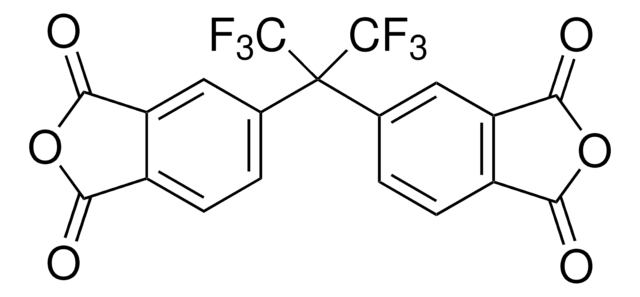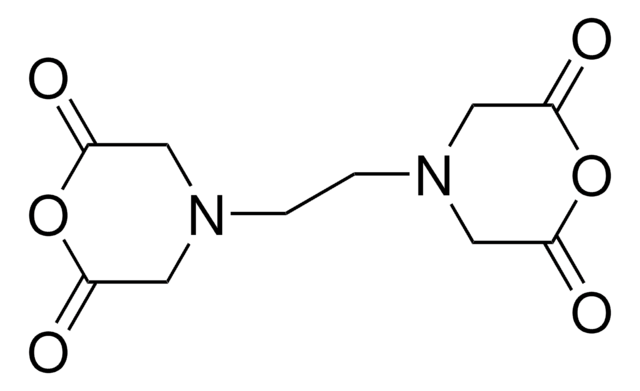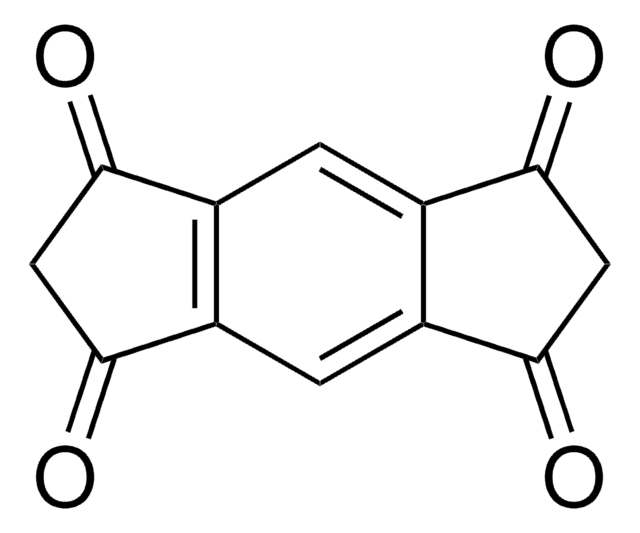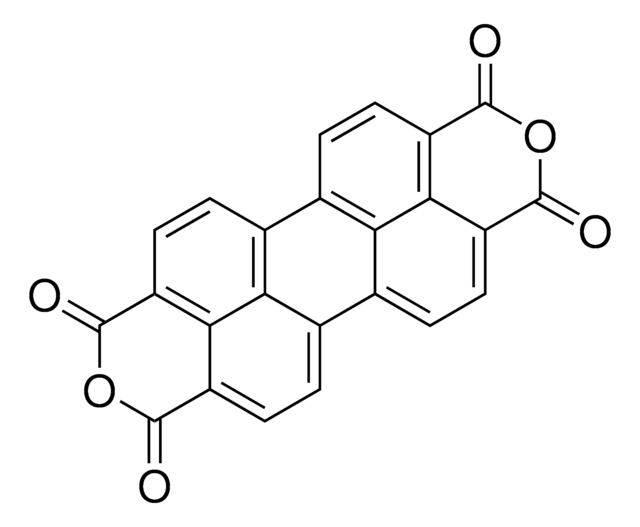412287
Pyromellitic dianhydride
97%
Synonym(s):
Benzene-1,2,4,5-tetracarboxylic dianhydride, PMDA
Sign Into View Organizational & Contract Pricing
All Photos(3)
About This Item
Empirical Formula (Hill Notation):
C10H2O6
CAS Number:
Molecular Weight:
218.12
Beilstein:
213583
EC Number:
MDL number:
UNSPSC Code:
12162002
PubChem Substance ID:
NACRES:
NA.23
Recommended Products
Assay
97%
form
powder
bp
397-400 °C (lit.)
mp
283-286 °C (lit.)
SMILES string
O=C1OC(=O)c2cc3C(=O)OC(=O)c3cc12
InChI
1S/C10H2O6/c11-7-3-1-4-6(10(14)16-8(4)12)2-5(3)9(13)15-7/h1-2H
InChI key
ANSXAPJVJOKRDJ-UHFFFAOYSA-N
Looking for similar products? Visit Product Comparison Guide
General description
Pyromellitic dianhydride is a dianhydride class of monomers commonly used in the preparation of polyimides polymers which are used in aerospace, electronics, and automotive industries because of their excellent thermal stability, high mechanical strength, and inherent flame resistance. It is also used in the synthesis of thermoplastic polymers such as polyesters and polyethers, as well as plasticizers and epoxy resins. Additionally, PMDA serves as a curing agent for epoxy resins. Epoxy resins are widely used in adhesives, coatings, composites, and electrical insulation materials.
Pyromellitic dianhydride (PMDA) is an acidic anhydride that can be used as a repair agent and as a chain extender in the formation of polyethylene terephthalate (PET) based chain extensions. It is mainly used in the production of thermoplastics and other coating applications.
Pyromellitic dianhydride (PMDA) is an acidic anhydride that can be used as a repair agent and as a chain extender in the formation of polyethylene terephthalate (PET) based chain extensions. It is mainly used in the production of thermoplastics and other coating applications.
Application
PMDA can be used as:
- A monomer to synthesize aromatic polyimides with excellent thermo-mechanical and chemical properties. These polymers find the applications in automotive and electronic industries.
- A capping agent in the development of siloxane-based hybrid materials for potential usage in organic electronics.
- A monomer in the preparation and modification of thin film composite membranes, which are used in water purification, gas separation, and biomedical devices.
- A monomer in the synthesis of pyromellitic diimide-based copolymers as stable cathode active materials for lithium and sodium-ion batteries.
Signal Word
Danger
Hazard Statements
Precautionary Statements
Hazard Classifications
Eye Dam. 1 - Resp. Sens. 1 - Skin Sens. 1
Storage Class Code
11 - Combustible Solids
WGK
WGK 1
Flash Point(F)
716.0 °F - closed cup
Flash Point(C)
380 °C - closed cup
Personal Protective Equipment
dust mask type N95 (US), Eyeshields, Gloves
Choose from one of the most recent versions:
Already Own This Product?
Find documentation for the products that you have recently purchased in the Document Library.
Customers Also Viewed
Jiemin Wang et al.
ACS nano, 13(7), 7860-7870 (2019-06-14)
Conventional three-dimensional (3D) thermal conductors or heat sinks are normally bulky solids with high density, which is cumbersome and not portable to satisfy current demands for soft and flexible electronic devices. To address this issue, here, a lightweight, superelastic yet
Junsheng Liu et al.
Journal of hazardous materials, 178(1-3), 1021-1029 (2010-03-13)
A series of zwitterionic hybrid polymers were prepared from the ring-opening polymerization of pyromellitic acid dianhydride (PMDA) and phenylaminomethyl trimethoxysilane (PAMTMS), and a subsequent sol-gel process. FTIR spectra confirmed the step products. TGA analysis showed that the thermal degradation temperature
Heeseok Song et al.
Polymers, 11(3) (2019-04-10)
In this study, thermally conductive composite films were fabricated using an anisotropic boron nitride (BN) and hybrid filler system mixed with spherical aluminum nitride (AlN) or aluminum oxide (Al₂O₃) particles in a polyimide matrix. The hybrid system yielded a decrease
Yuta Nabae et al.
Scientific reports, 6, 23276-23276 (2016-03-19)
The development of a non-precious metal (NPM) fuel cell catalyst is extremely important to achieve globalization of polymer electrolyte fuel cells due to the cost and scarcity of platinum. Here, we report on a NPM cathode catalyst prepared by the
Claudio Cecone et al.
Molecules (Basel, Switzerland), 23(7) (2018-07-13)
Electrospun beta-cyclodextrin (βCD)-based polymers can combine a high surface-to-volume ratio and a high loading/controlled-release-system potential. In this work, pyromellitic dianhydride (PMDA)/βCD-based nanosponge microfibers were used to study the capability to host a common insect repellent (N,N-diethyl-3-toluamide (DEET)) and to monitor
Our team of scientists has experience in all areas of research including Life Science, Material Science, Chemical Synthesis, Chromatography, Analytical and many others.
Contact Technical Service
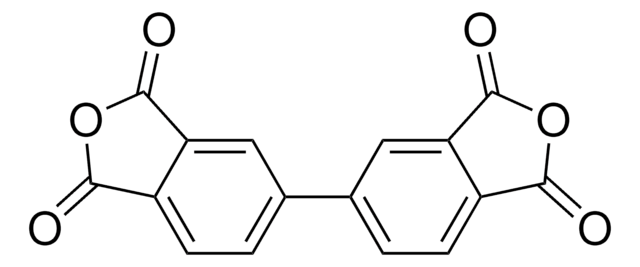
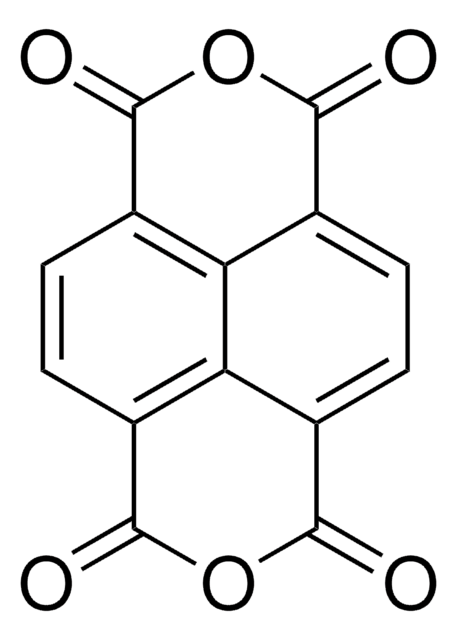

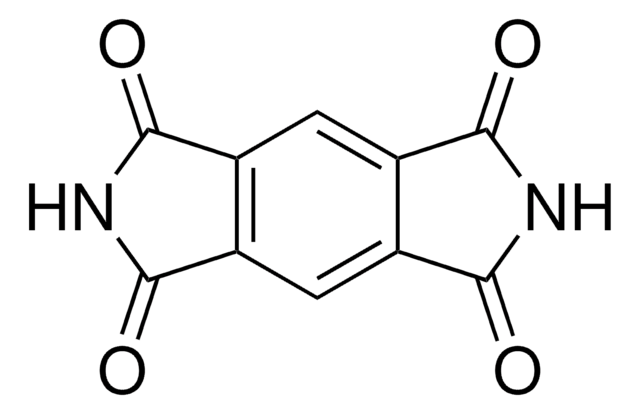
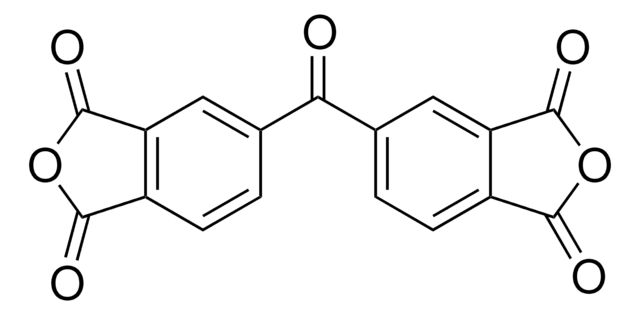
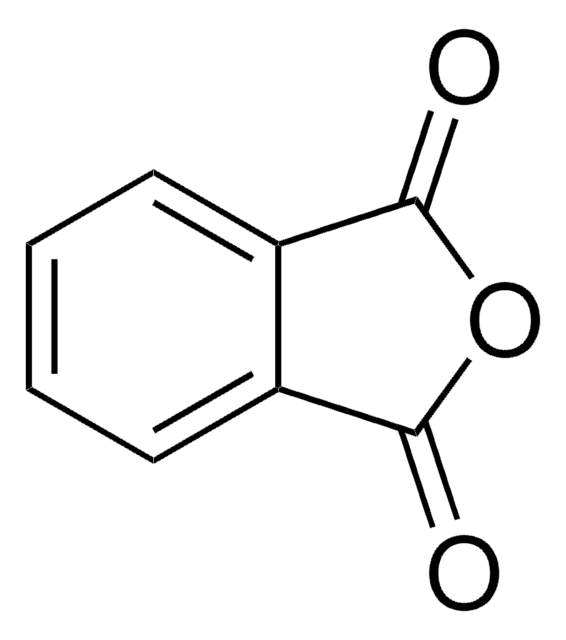
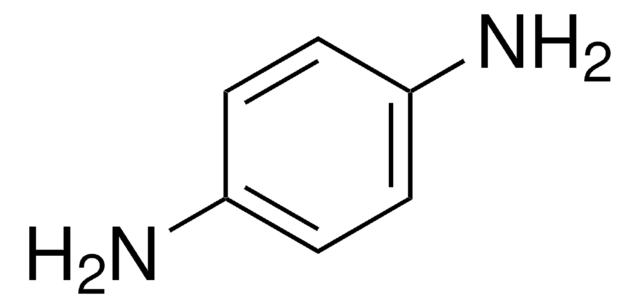
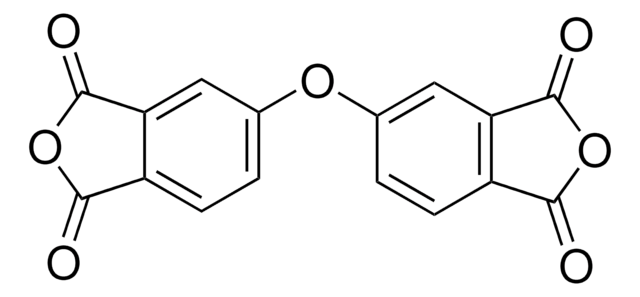
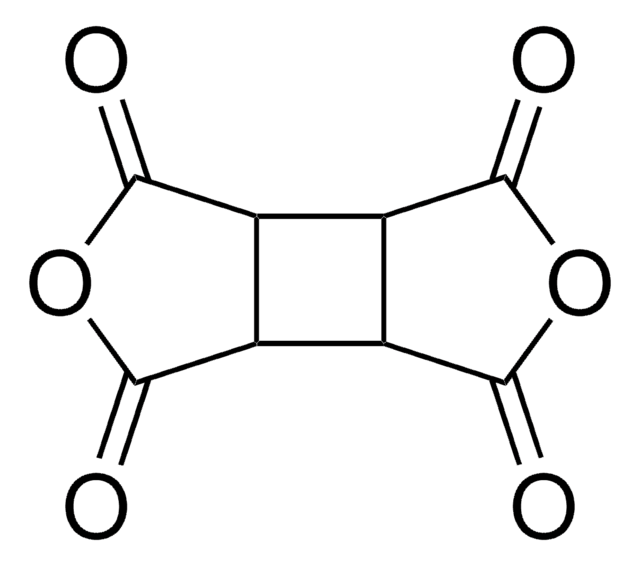



![Bicyclo[2.2.2]oct-7-ene-2,3,5,6-tetracarboxylic dianhydride 99%](/deepweb/assets/sigmaaldrich/product/structures/418/038/9edd3533-0f32-442c-8a1f-4e154e65c3b5/640/9edd3533-0f32-442c-8a1f-4e154e65c3b5.png)
